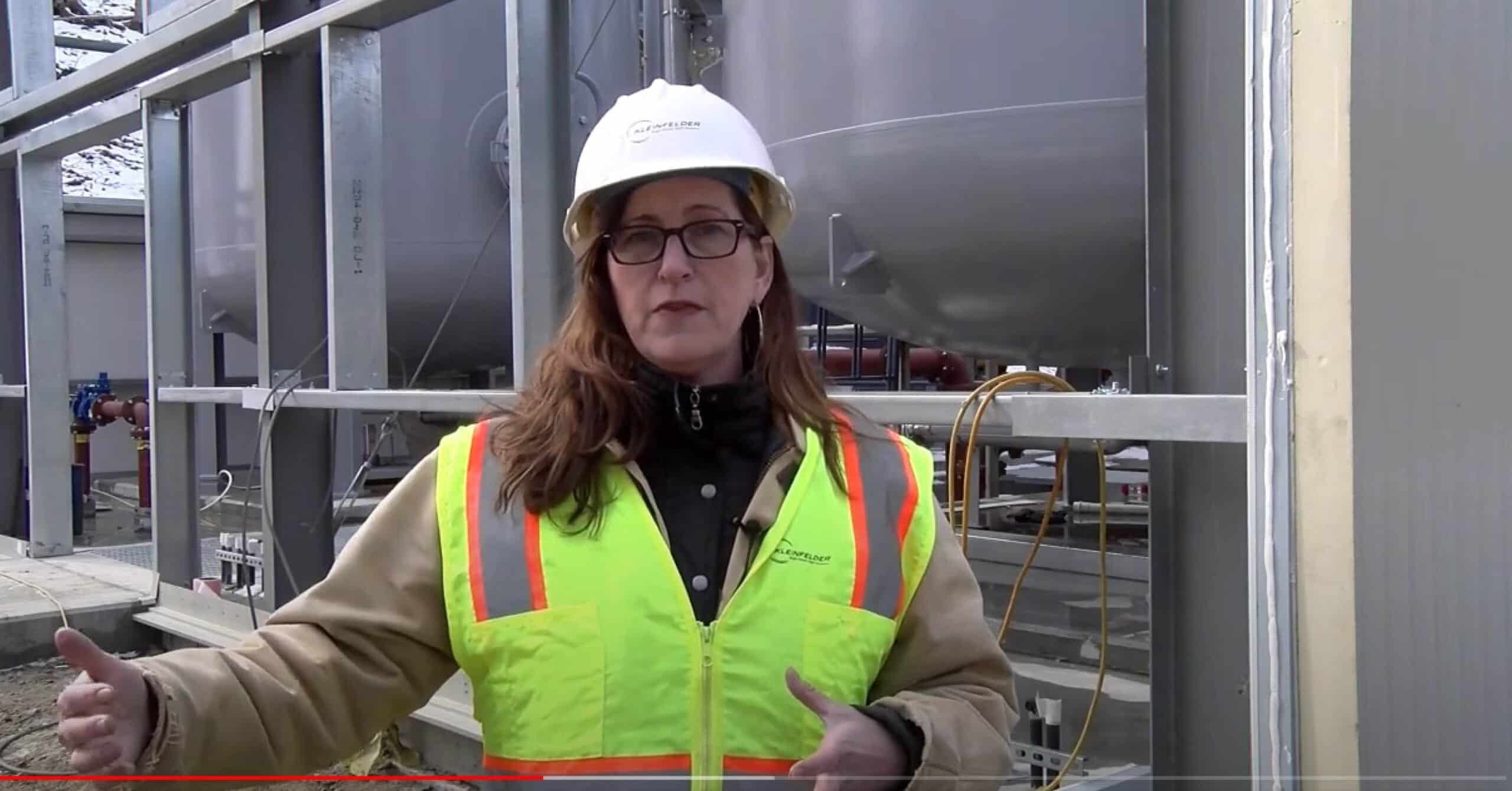
EPA’s Proposed PFAS Drinking Water Regulations
This blog is authored by Kleinfelder Senior Project Manager and Drinking Water Practice Lead Kirsten Ryan. Feature image credit: Millis Community Media
On March 14, 2023, the United States Environmental Protection Agency (EPA) announced a proposed new drinking water regulation for six PFAS compounds. The rule, once published, will be open for public comment for 60 days, and the EPA has stated its intention to finalize the rule by the end of 2023. The proposed rule has requirements for monitoring, public notification, and treatment which have far-reaching implications for public water suppliers.
The regulation, when final, would establish enforceable Maximum Contaminant Levels (MCLs) of 4 parts per trillion (ppt) for PFOA and PFOS as individual contaminants, and for four others (PFNA, PFHxS, PFBS and HFPO-DA) as a mixture, limited to 1 ppt. The MCLs of 4 ppt for PFOA and PFOS are set at the practical quantitation level (PQL), or the lowest concentration that can be reliably achieved by laboratories. The EPA also issued new non-enforceable MCL Goals (MCLGs) of zero for PFOA and PFOS, which requires the EPA to set MCLs “as close as feasible to the MCLG.”
The proposed “mixture” MCL of the other four compounds is set at a Hazard Index of 1.0. This will be determined by a calculation shown in the table below:
Monitoring, Notification and Treatment
The proposed rule would require that all community water systems conduct initial monitoring within three years after the rule’s promulgation. Compliance will be determined based upon running annual averages at sampling points. Detections below 4 ppt are counted as zeros for this calculation. For results above the MCLs, public notification is required as soon as is practicable (no later than 30 days). Public water systems would be required take actions to reduce the levels of these PFAS in drinking water if they exceed the proposed regulatory standards.
For many water suppliers this means installing costly advanced treatment systems. There are proven technologies to remove PFAS to below these limits, but designing, procuring, and constructing treatment takes time and money. Communicating these challenges to customers will be important.
The EPA’s FAQs for Drinking Water Primacy Agencies provides more information of interest to water suppliers.
Getting Ready for the Final Rule: Kleinfelder Experts Can Help
Kleinfelder experts understand the multifaceted challenges of PFAS. We have been working internationally since 2015 to develop practical solutions for helping our various clients overcome these challenges. See below for contact information for some of our PFAS experts, and also check out Kirsten’s blog post about turning PFAS drinking water challenges into opportunities.




